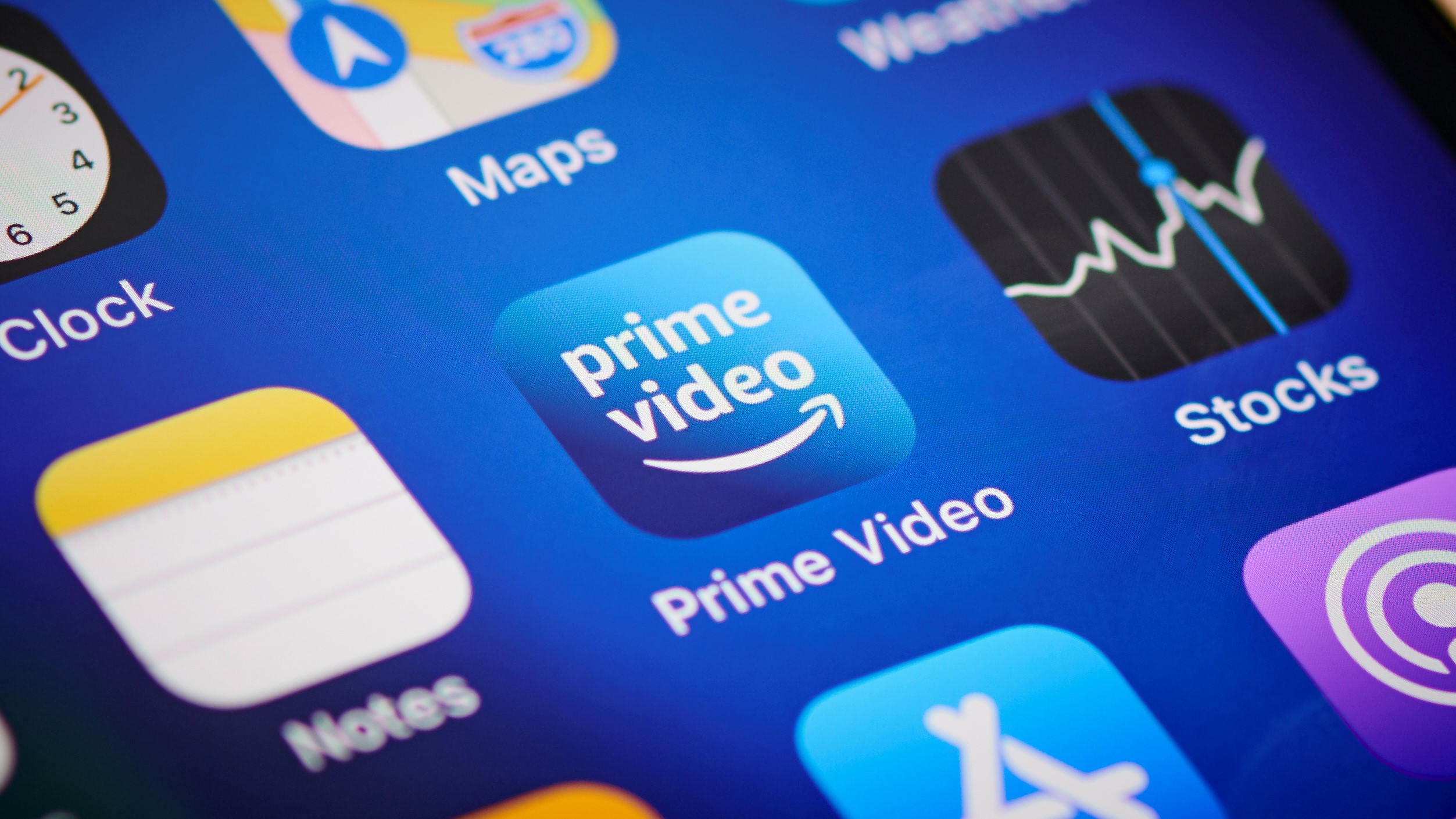

Quick Summary
When introducing advertisements into the Prime Video service, Amazon unexpectedly removed Dolby Vision visuals and Dolby Atmos audio from its streaming quality.
Users now have to pay an additional fee for the best quality experience.
Streaming entertainment has taken over our televisions, but the heady days of affordable high-quality content seem to be in the rear-view mirror.
Now Amazon's Prime Video is the latest to make a change.
In the past year we've seen prices ratcheted up and the introduction of cheaper tiers, a confusing dichotomy where the biggest and best streaming services appear to be giving with one hand and taking away with the other.
That certainly seems to be the case with Amazon's Prime Video service. In September 2023 Amazon confirmed that it would be adding adverts into its Prime Video service. Not that it was adding a cheaper ad-supported tier (which is what Netflix did), but that it was adding advertising to the service that you're already paying for.
Amazon is in a slightly different position to other streaming services, because for many, Prime Video has been seen as a free perk of having a Prime subscription. That you could stream original content, in glorious Dolby Vision with Dolby Atmos audio, essentially for nothing, was a real bonus. Amazon even introduced an ad-supported service called Freevee to run alongside it.
The change is now in full effect in the UK and the US - but it wasn't just adverts that were introduced, something else was taken away. The unfortunate change was spotted by 4kfilme.de (via Forbes).
Prime Video loses Dolby Vision and Dolby Atmos
The change that no one saw coming - and wasn't mentioned in Amazon's original announcement - is that there's also been a change to the streaming quality that you'll get. Amazon has flipped the switch, so you lose out on Dolby Vision visuals and immersive Dolby Atmos audio. That is, unless you pay the additional £/$2.99 monthly fee.
Sign up to the T3 newsletter for smarter living straight to your inbox
Get all the latest news, reviews, deals and buying guides on gorgeous tech, home and active products from the T3 experts
For home cinema fans, or those with the best televisions, this is a huge blow, because the great streaming service that seemed free, will now cost you an extra £/$35.88 a year if you want to get the best quality out of it. That's on top of the Prime subscription that you already pay.
If you paid for Prime Video as a standalone service (without the other Prime benefits) then your £5.99 / $9 monthly subscription cost remains unchanged, but you still have to pay extra to remove the adverts and get top quality back.
Amazon's justification for the introduction of adverts was to support the commissioning of new content. It perhaps reflects the state of the streaming industry in 2024 when there are more services and increased competition for new programming. While the streaming boom has opened up access to more content than ever, we all now face difficult choices when deciding exactly where to spend our subscription money.
Chris has been writing about consumer tech for over 15 years. Formerly the Editor-in-Chief of Pocket-lint, he's covered just about every product launched, witnessed the birth of Android, the evolution of 5G, and the drive towards electric cars. You name it and Chris has written about it, driven it or reviewed it. Now working as a freelance technology expert, Chris' experience sees him covering all aspects of smartphones, smart homes and anything else connected. Chris has been published in titles as diverse as Computer Active and Autocar, and regularly appears on BBC News, BBC Radio, Sky, Monocle and Times Radio. He was once even on The Apprentice... but we don't talk about that.
-
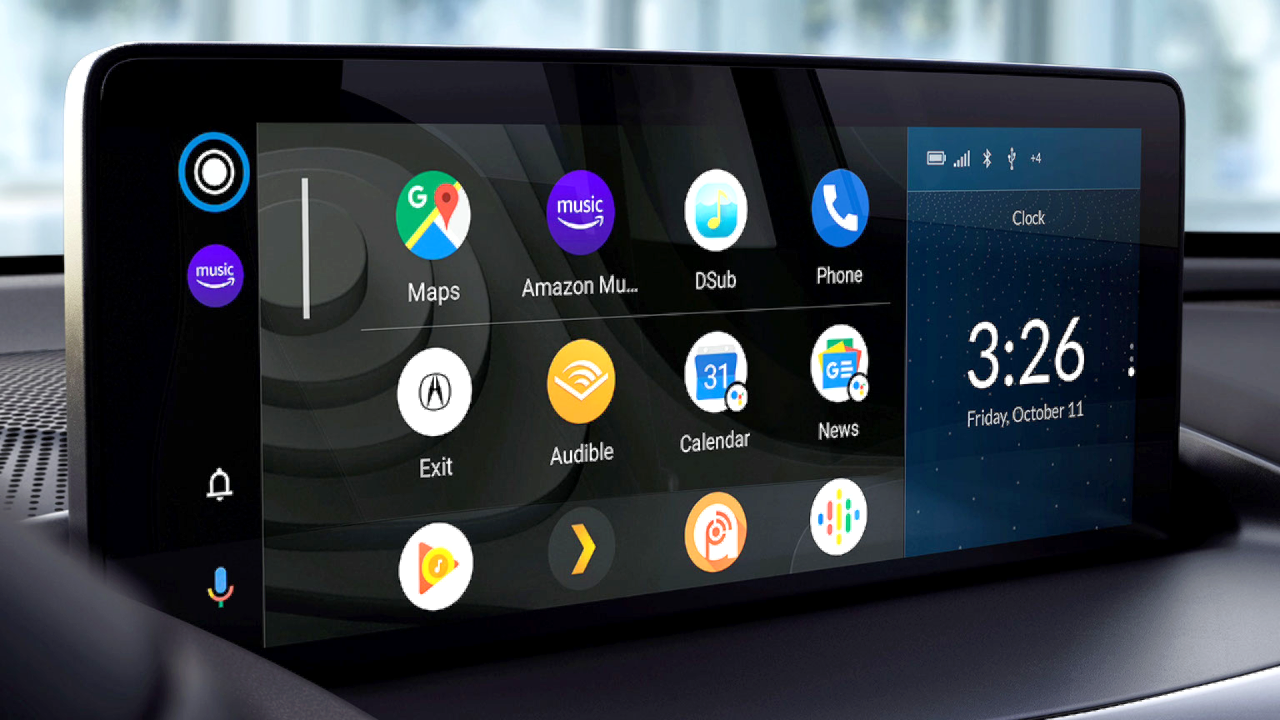 Android Auto could add a feature that nobody asked for, but might appreciate anyway
Android Auto could add a feature that nobody asked for, but might appreciate anywayThis futuristic addition to Android Auto could change the experience forever
By Chris Hall Published
-
 Supercharge your aerobic engine with this three-move rower workout
Supercharge your aerobic engine with this three-move rower workoutImprove your cardiovascular fitness and burn through calories
By Bryony Firth-Bernard Published
-
 Amazon's oddest show returns in May – Clarkson's Farm Season 4 release date revealed
Amazon's oddest show returns in May – Clarkson's Farm Season 4 release date revealedJeremy Clarkson spills the beans... and the ale
By Rik Henderson Published
-
 Amazon removing one of the most underrated sci-fi movies of all time from Prime Video
Amazon removing one of the most underrated sci-fi movies of all time from Prime VideoYou have just a matter of weeks to watch this hidden gem
By Rik Henderson Published
-
 I've read every Reacher book, but this season hasn't hooked me
I've read every Reacher book, but this season hasn't hooked meNot quite floating my boat
By Max Freeman-Mills Published
-
 3 obscure sci-fi movies to stream on Amazon Prime Video, Netflix and more
3 obscure sci-fi movies to stream on Amazon Prime Video, Netflix and moreIf you like sci-fi flicks that are off the beaten path, here are three great recommendations
By Brian Comber Published
-
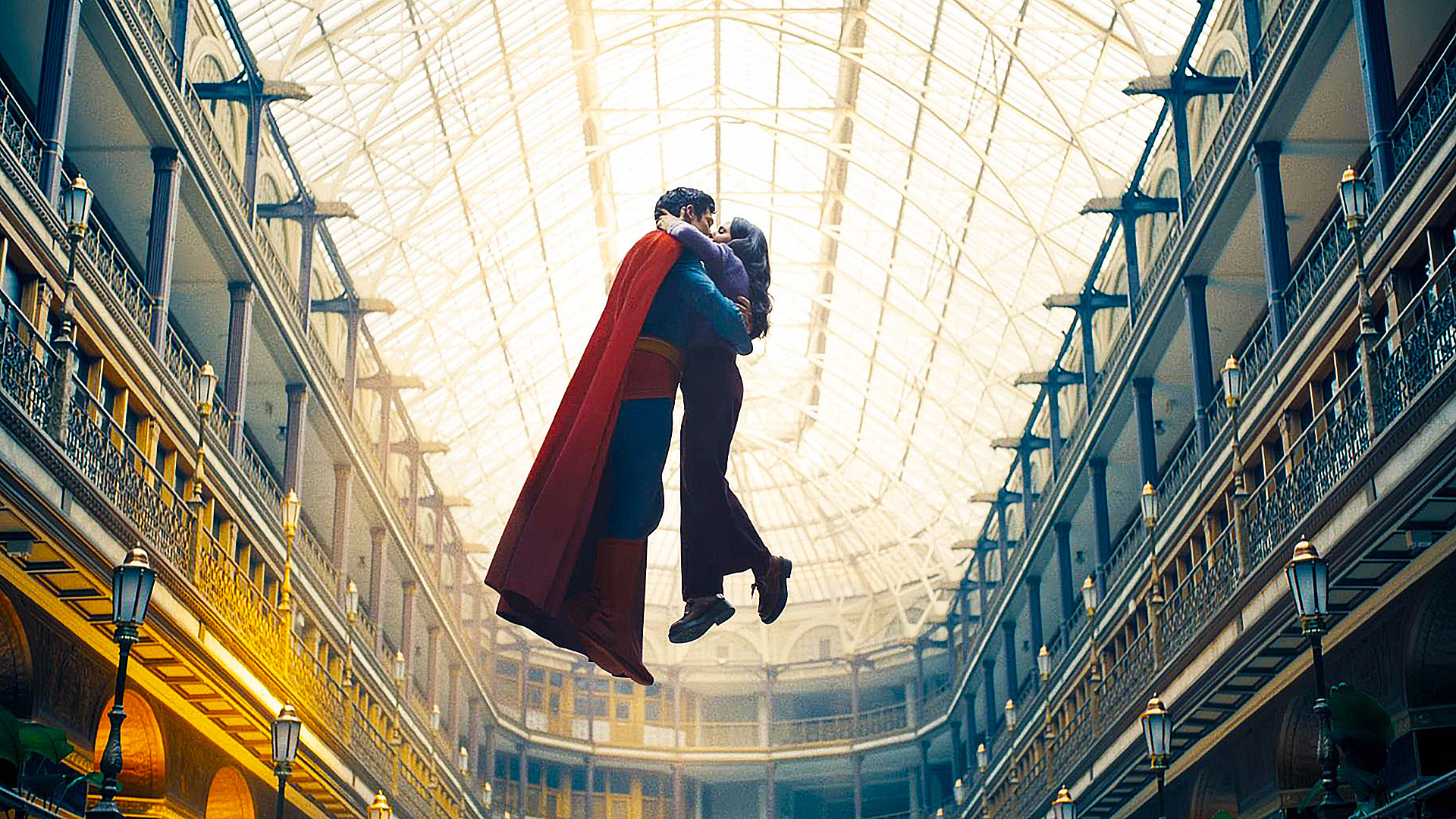 10 unmissable movies to watch and stream this spring and summer
10 unmissable movies to watch and stream this spring and summerThere are some great films to be released soon, either in cinemas or on streaming services – here are 10 to keep an eye out for
By Brian Comber Published
-
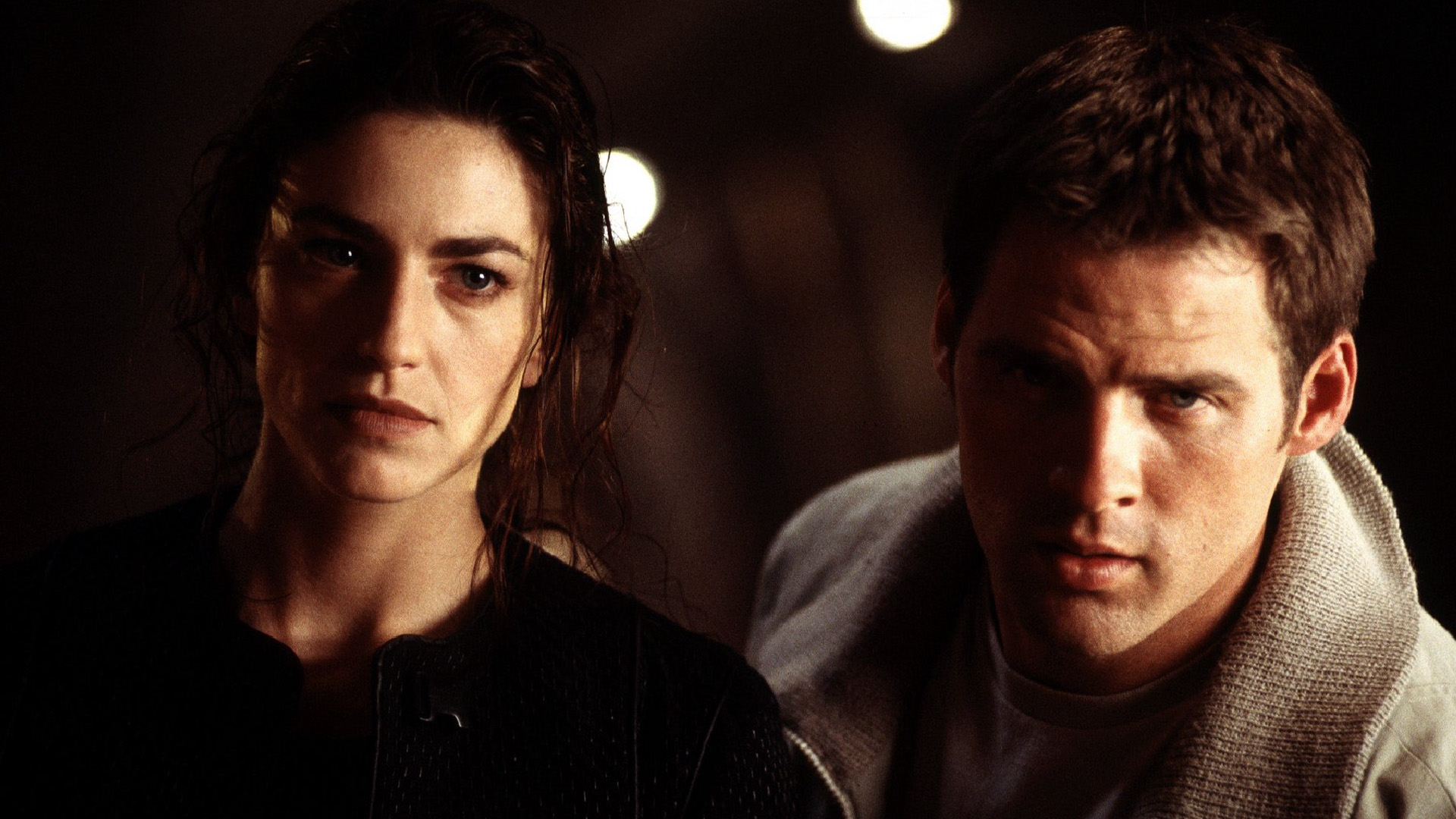 Amazon Prime just added a surprising modern classic sci-fi series
Amazon Prime just added a surprising modern classic sci-fi seriesFarscape is a great option for sci-fi fans
By Max Freeman-Mills Published
-
 Prime Video's new show casts Kevin Bacon in a whole new light
Prime Video's new show casts Kevin Bacon in a whole new lightThe Bondsman looks silly in the best way
By Max Freeman-Mills Published
-
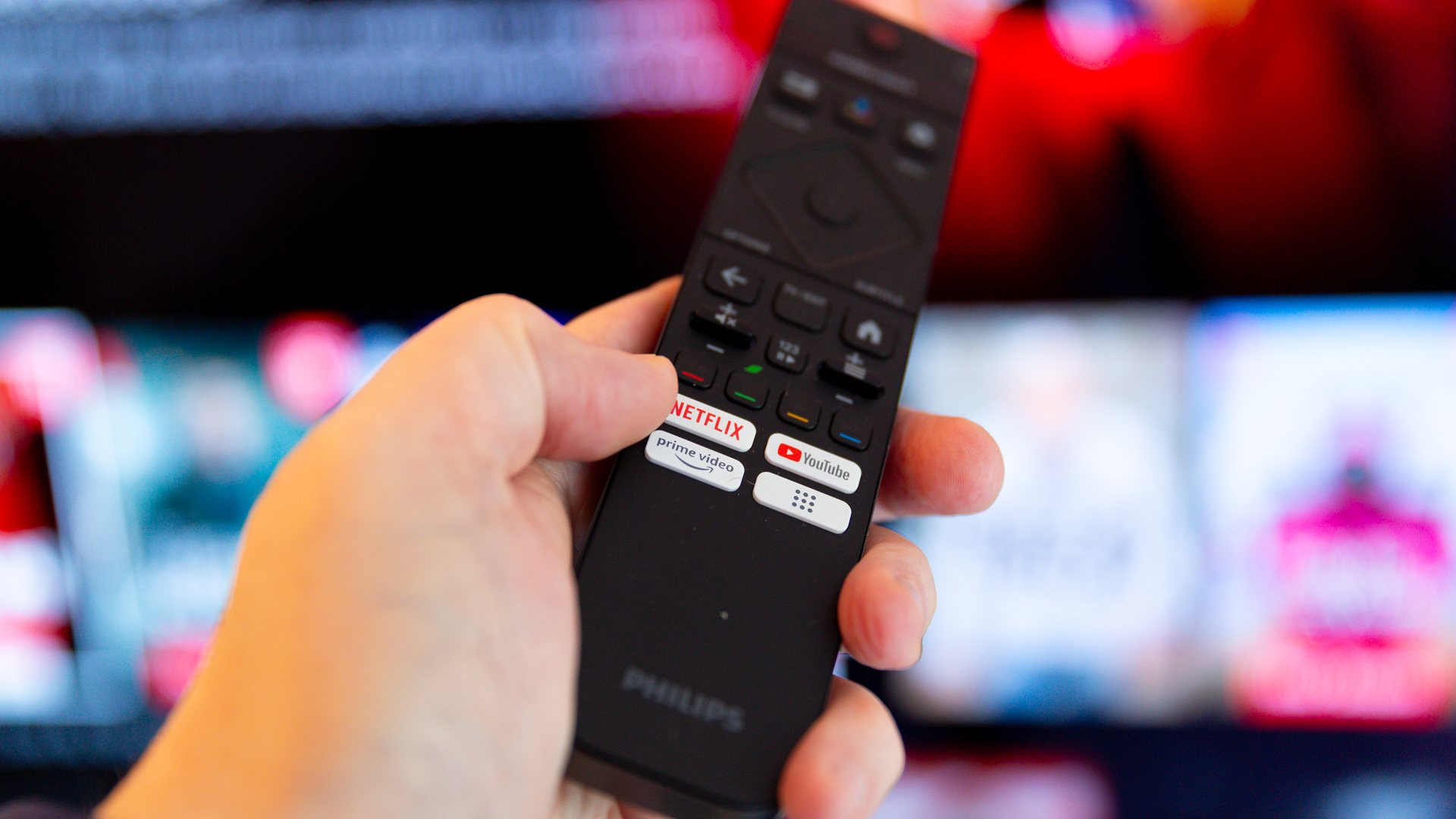 YouTube set for major upgrade to make it more like Netflix and Prime Video
YouTube set for major upgrade to make it more like Netflix and Prime VideoA big redesign is reportedly coming with new features and more
By Rik Henderson Published